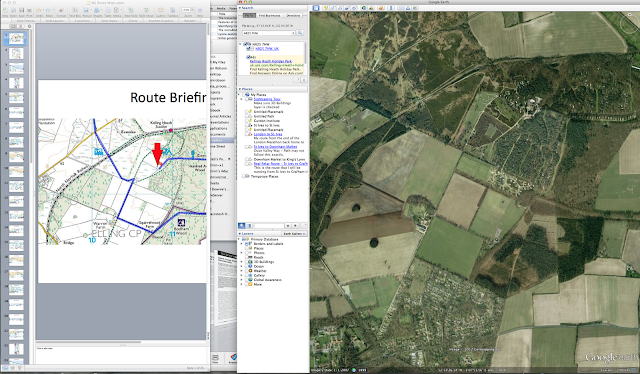If like me you live in a flat area of the country, you might find it difficult to train for running in the hills. Whilst I get out to hiller terrain as often as I can, it is useful to have a method for building up climbing muscles on a day to day basis. One possibility that was suggested to me was to use a tyre pull; running while pulling a tyre along the ground behind you to increase the resistance as you run. I thought it might be useful to anybody else looking to do this if I put up step by step instructions for how I put mine together. I hope these are useful to somebody! I used Marshall Ulrich's blog post as a starting point, but simplified things a little. But check out his post for a good run down of other reasons why running with a tyre is a great way to build up your training (despite looking a bit strange to passers by).
What you will need:
- 1x Tyre: You should be able to get one from a local garage for free. They have to pay to get rid of them so shouldn't mind you taking one away. I got two; a big one and a smaller one. That way I can switch between the two depending on how much resistance I want.
- 1x Weightlifting Belt: I got a cheap one from Sports Direct for less than a tenner. Make sure you get a strong one with some padding, and make sure it is quite wide to provide adequate lumbar support.
- Thin Bungee Cord (about 4 ft): Available from any hardware stores. This should be quite stiff, but provides some give for when the tyre catches on things as you run.
- Nylon Rope (about 8 ft): Available from any hardware store. I just got the widest that I could find.
- 1x Carabiner: Available from any hardware store.











